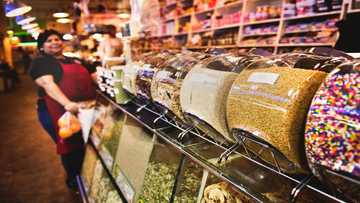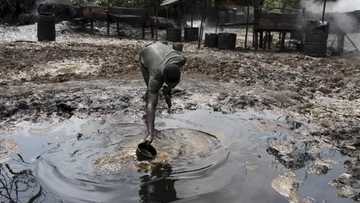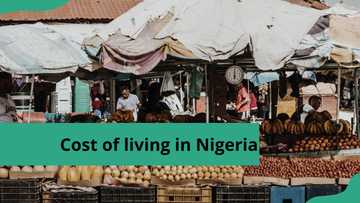Legit.ng weekly price check: Traders reveal cost price of rice ahead of Easter celebration
- Easter is few hours from now, but there’s fluctuation in the cost price of goods
- This week, Legit.ng would explore the different types of rice and their cost price in recent times in relation to the season
- At the market, rice sellers in a chat with our correspondent, gave a hint on the cost of purchase of rice per brand
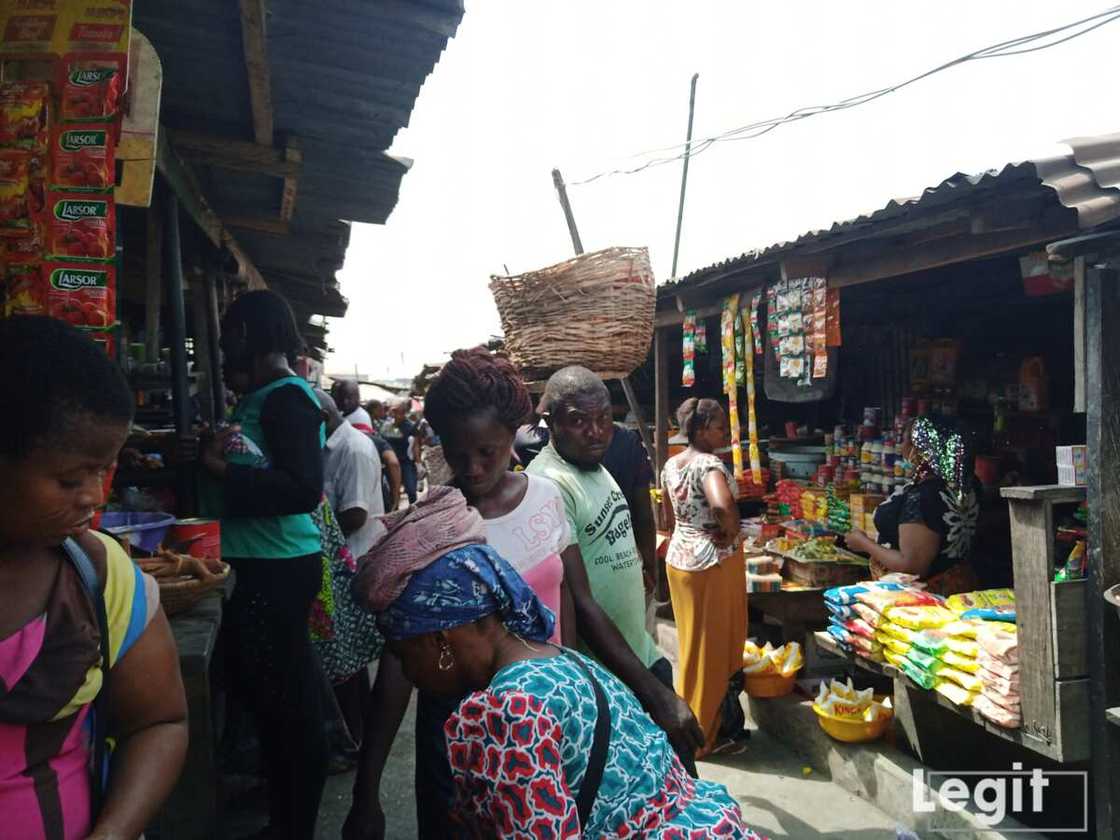
Source: Original
There is fluctuation in the cost price of goods few hours from Easter celebrations. At the market this period, the cost price of foreign rice increased by a bit while the cost price of local rice reduced but the cost price of beans and garri keeps rising.
In recent times, the cost price of some goods was very affordable but the patronage according to sellers dropped further. Presently, in markets across the country, the cost price of perishable items is reasonable while the cost price of foodstuff remains stable.
Easter is a Christian holiday and the most important holiday in the Christian year calendar, celebrating the resurrection of Jesus Christ. The celebration of this fateful day varies from year to year.
As the world celebrate Easter this week, Legit.ng visited the market to confirm from some traders the cost price of rice, and compare the rice per brand.
A trader at the market, who sells rice and beans at a popular market in the state, revealed to our correspondent the present price of rice.
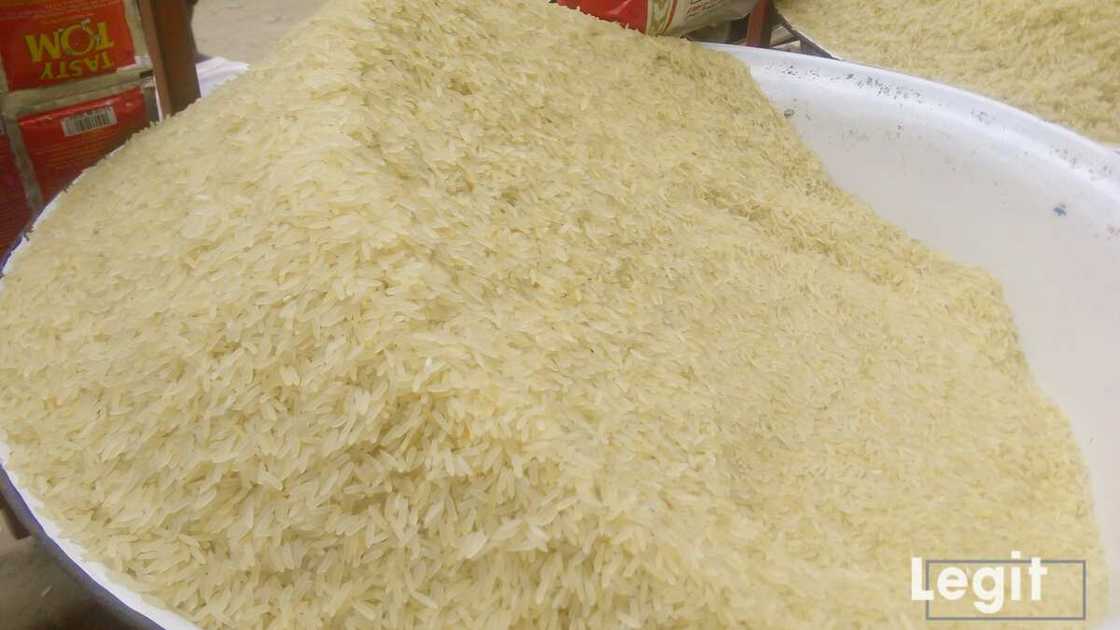
Source: Original
According to him, the season sometimes determines the cost price of some goods while the market influences the cost of purchase too.
“Some sell a bag of foreign rice from N30,000 and some sell below N30,000 but local rice from most traders are offered for sale from N25,000. The cost price varies according to the traders choice and market visited. Sometimes, a particular market visited determines the affordability and availability of some goods. And in the country, when the cost price of goods is given, it is general in major markets and higher in retail markets.
“The cost price of rice is not stable in Nigerian market. In neighbouring state, the cost price of rice is very affordable, especially local rice while the foreign rice increased a bit but are sold at reasonable price.
“Right now, food prices are not fixed as they rise and fall and some are just there. Surprisingly, when they are very cheap, the sales would be low but when they are expensive, the demand rises and the supply fall. The market activity in the state is not one that is conducive enough for businesses to thrive even in festive period,” He said.
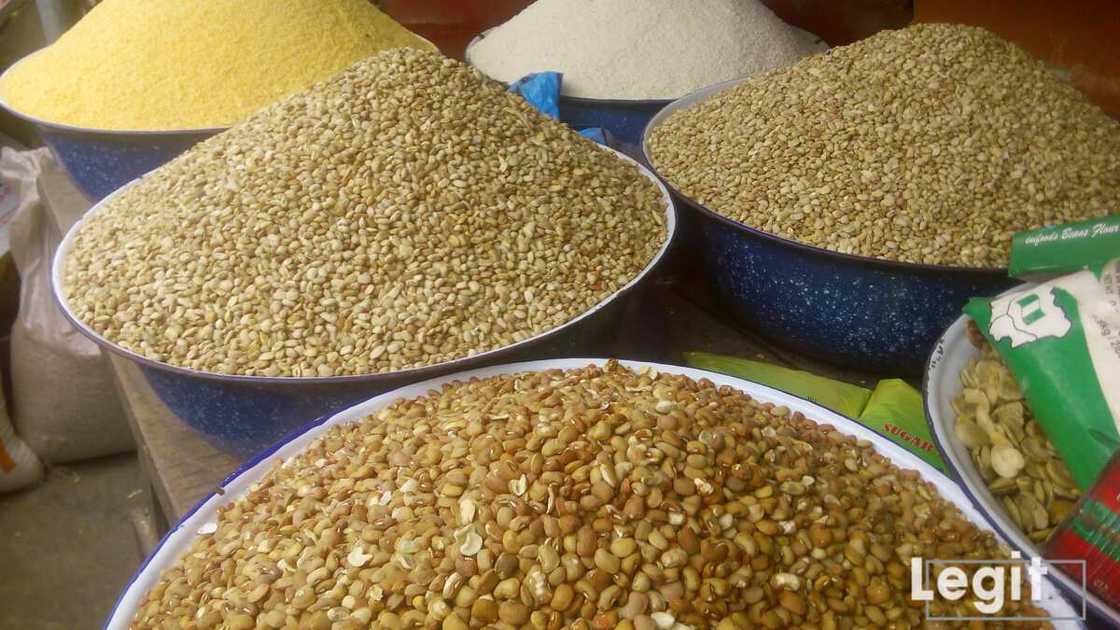
Source: Original
Widely cultivated throughout the world, rice is one of the most important cereal in the world. As a food crop of world-wide importance, its cost price varies according to its brand and type as well as the country.
In Nigeria, its importance cannot be overemphasized which is why the federal government placed a ban on its importation to curb smuggling and as well grow its local ones. The cost price of goods generally depends on your location and the market visited. For some traders, the season determines the cost price of items in the market.
This season, some goods have increased by two percent and others increased before Easter celebration.
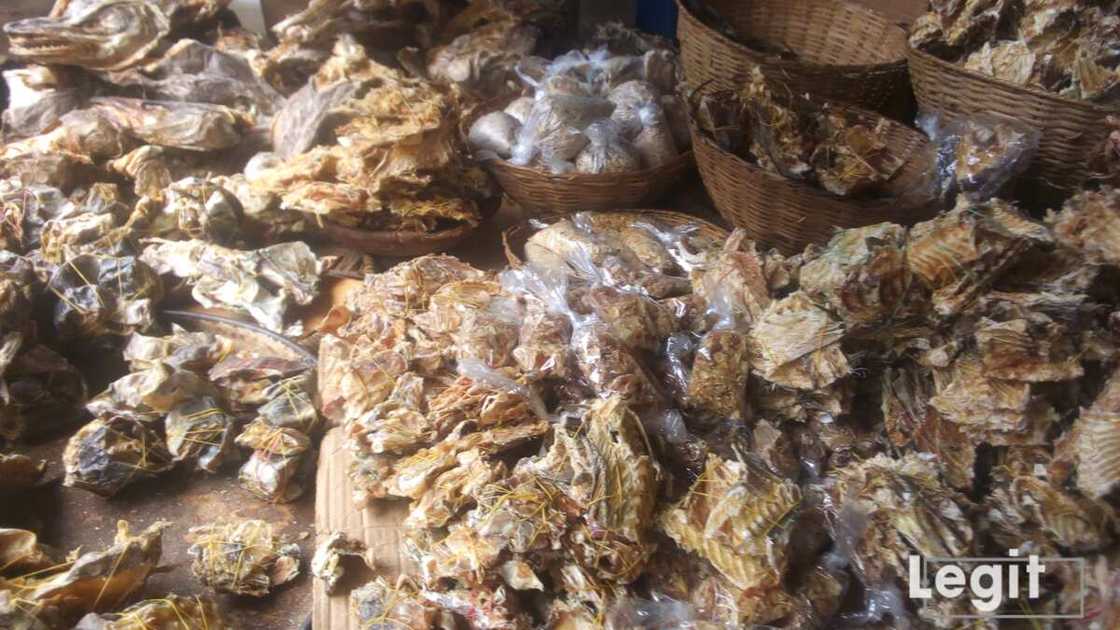
Source: Original
A trader shed more light on the above assertion. In his opinion, the price of some goods increased due to the Easter celebration. For goods like turkey and chicken, their cost price increased further, same with fish; roasted, fresh or frozen.
She said: “Before Easter, prices of most goods in the market have risen beyond traders and buyers expectation. Now, what you see in the market is just about two or three percent increase in the cost price of goods. It is rare for you to find in the market now, exorbitant prices because the rise has taken place before festivity.
“The amount we spent in purchasing the Easter goods was more than we envisaged; but we to stock-up our shop for the Easter sales. A carton of turkey increased by two thousand naira, same with chicken but for fish, their cost of purchase is not stable at all; then their cost price is not fixed. Fish is very expensive before and now.
“Before the celebration, frozen foods was expensive due to the effect of the pandemic on the economy. Now, buyers are already used to fluctuating price of goods in the market. The painful thing is that; sales is not helping matters, the patronage is too poor despite the celebration.”
We have the local rice and the foreign rice. The foreign rice is widely accepted before the ban, but now, the local rice has gained more acceptance from far and near as some taste and look like foreign rice.
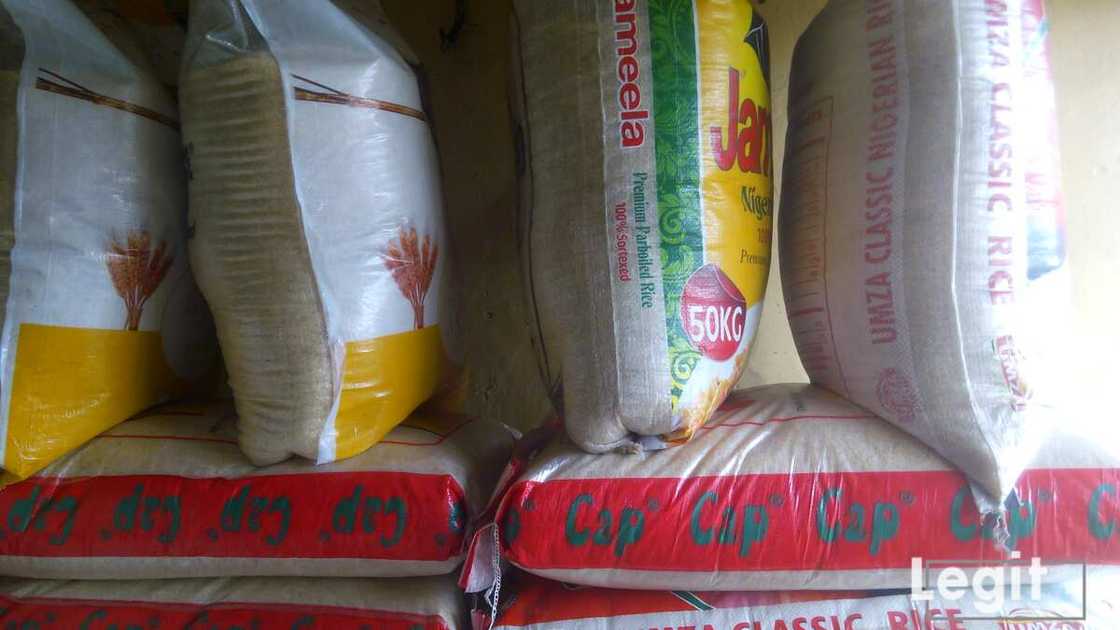
Source: Original
A rice dealer at Mile 12 international market, in a chat with Legit.ng compared the cost price of rice per brand.
“I sell rice at wholesale price, in fact sometimes at reasonable amount that will favour me, the seller and the buyer. This Easter period, the cost price of rice did not increase but foreign rice added just a small amount of money.
“Before, a bag of foreign rice is sold from N25,000 downwards while the local one is sold from N23,500 and below. The cost price of beans is not stable in previous months till this day. It has been on the rise daily. Now, a bag of foreign rice long one is N26,000 against its old price of N25,000 and below while a bag of foreign rice small one is sold from N23,500.
“The cost price of local rice dropped further. At the market this week, the cost price of a bag of local rice that we sell from N23,000 and below, is now given from N20,000 and N20,500 as against its old price of N23,000, N22,000 and N21,000. A derica of foreign rice is sold from N400 and N450 while local rice, a derica is sold from N350 and N300. This is due to the availability of rice in the market. The supply is very large and the Easter celebration did not inflate the cost price of goods like rice, beans and garri.
“Now the cost price of brown beans is sold from N42,000 as against its old price of N35,000 and below. A bag of Oloyin beans cost N25,500 as against its old price of N19,000 and N20,000 while a bag of white beans cost N49,000.
“For garri, a bag of yellow garri is sold from 14,500 as against its old price of N13,500 and N12,5000 while a bag of white garri cost N17,500 as against its old price of N14,000. The price variation between both items is the size of the bag,” The rice dealer informed.
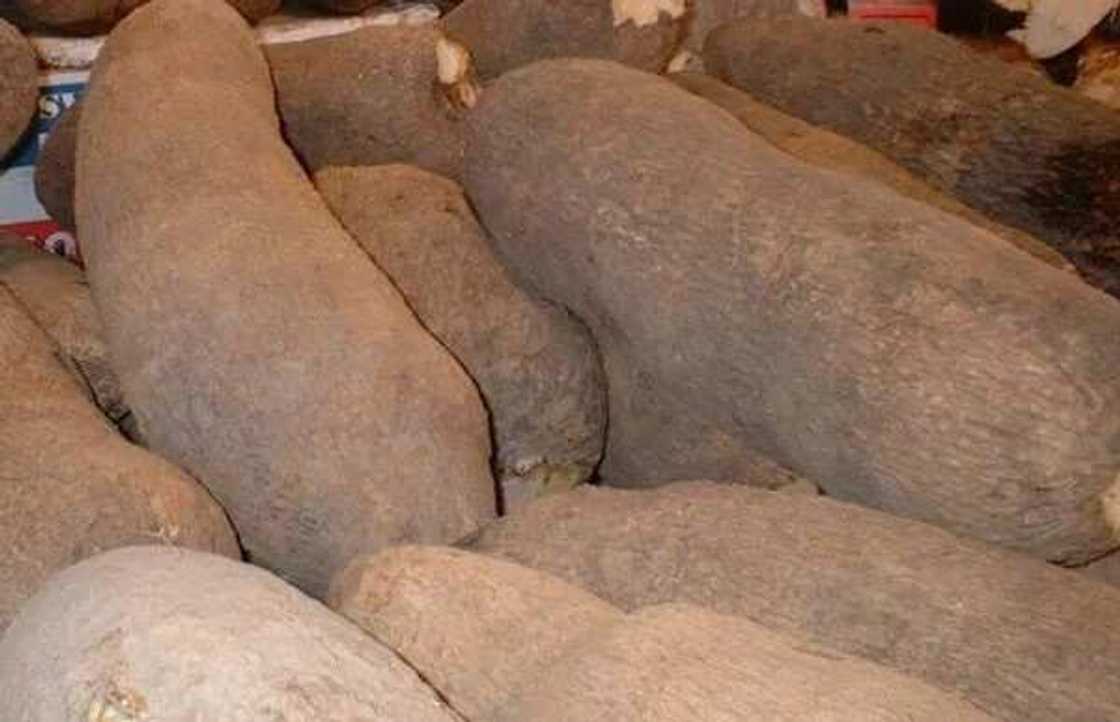
In preparation of the Easter holiday, goods like yam and live feeds have become very expensive. A trader at a popular market in Abuja, told our correspondent, how buyers are preparing for the holidays and the patronage level so far.
He said: “There are some market here in Abuja where you get items at affordable rate and there are small markets where you get items at a higher rate too; so, it all depends on the market you visit and quantity of purchase which influence the cost price of the goods.
“Yam is very expensive now and the cost of purchase increased but the quantity of purchase by some buyers dropped. Here in Abuja, five tubers of yam (small size), that was sold for N1,000 in previous weeks, have increased to N1,500 and N2,000 but a big sized tuber of yam, 6 pieces, are sold from N3,800 to N4,000 while perishables are still very affordable.
“One thing some traders do is increase the cost price of goods, so as to make more profit while others reduce the quantity of the goods, so they can have enough to sell for the season. Some, buyers in preparation for Easter celebration started their shopping today and some, days before the celebration proper.”
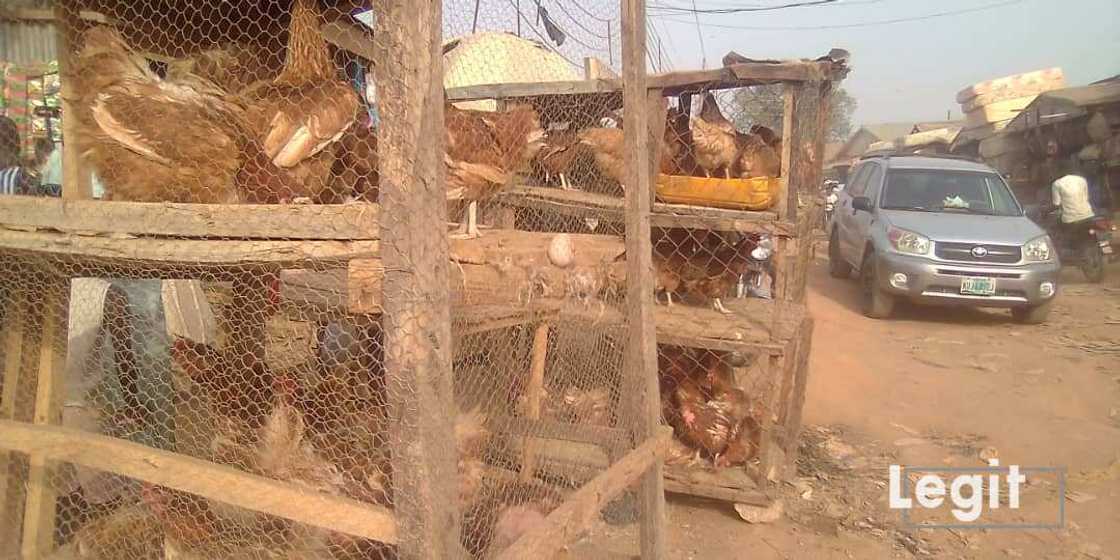
Source: Original
Similarly, a live feed dealer, told Legit.ng the cost price of live feeds and how it has influenced buyers purchasing power.
“The problem in the country now is herdsmen attacking farmers in their land, preventing them from carrying out their daily activity. This has affected the cost price of all goods in the market. It is so tough that when they attack the farmers, they forcefully harvest the items in the farm and come to the market to sell the goods at a reduced rate, making us look foolish when offering a different price to the buyers.
“A live chicken is offered for sale from N3,000 upwards for the medium size while the small-sized live chicken is sold from N2,500 upwards and big size from N4,000 and N4,500 upwards. Buyers are buying according to their financial capability. Some buy one, the big size, some buy two, three and some purchase the small ones four; it all depends on the family size too. Right now, sales is not really encouraging but we are selling gradually as the quantity of purchase dropped further,” The trader at the market stated.
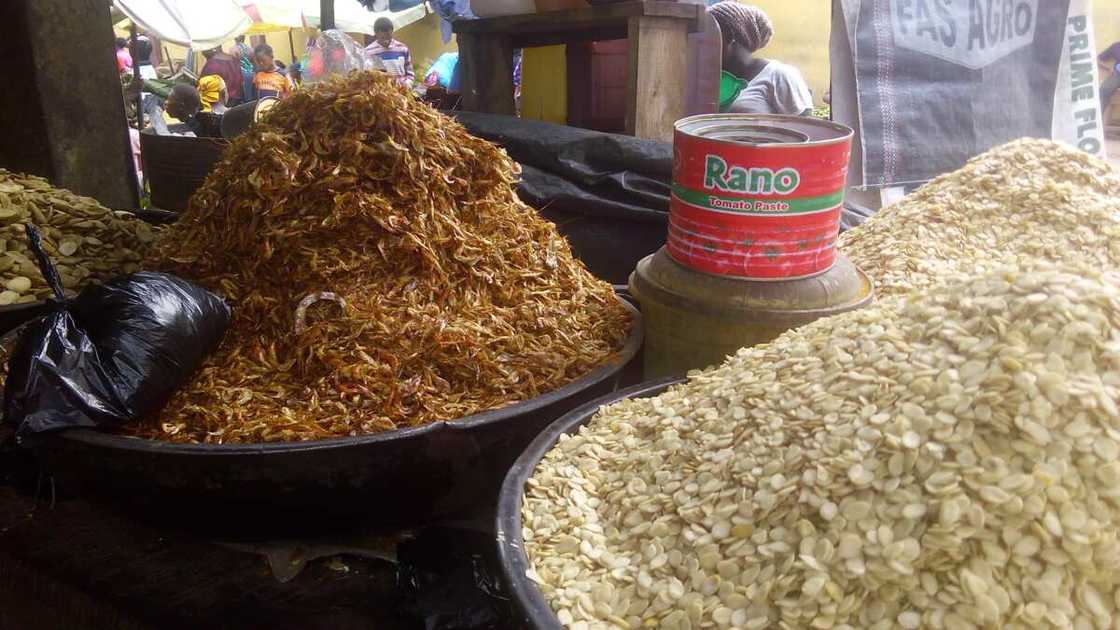
Source: UGC
In another development, the cost price of foodstuff items like egusi, crayfish and dry pepper, are still very affordable while ogbono is still expensive. A foodstuff dealer at the market opined thus: “Insecurity, high cost of transportation and fuel hike in recent times, continues to inflate the cost price of goods in the market. Nothing new is happening in the market now. The major challenge we are facing is insecurity and high cost of transportation because the goods are very affordable in neighbouring state but it is challenging bringing it to the market.
“Foodstuff items-maintained stability in their cost price. Egusi is cheaper same with dry pepper and crayfish but ogbono is still very expensive. It is no longer business as usual as the cost price of some goods in the market has discouraged traders from purchasing more goods characterized with the season.
“A bag of egusi, is sold from N39,000 upwards while a bag of ogbono is sold from N85,000 and N90,000 upwards. This holiday, buyers are not buying as expected, in fact the market is very dry and sales low despite the festivity.”
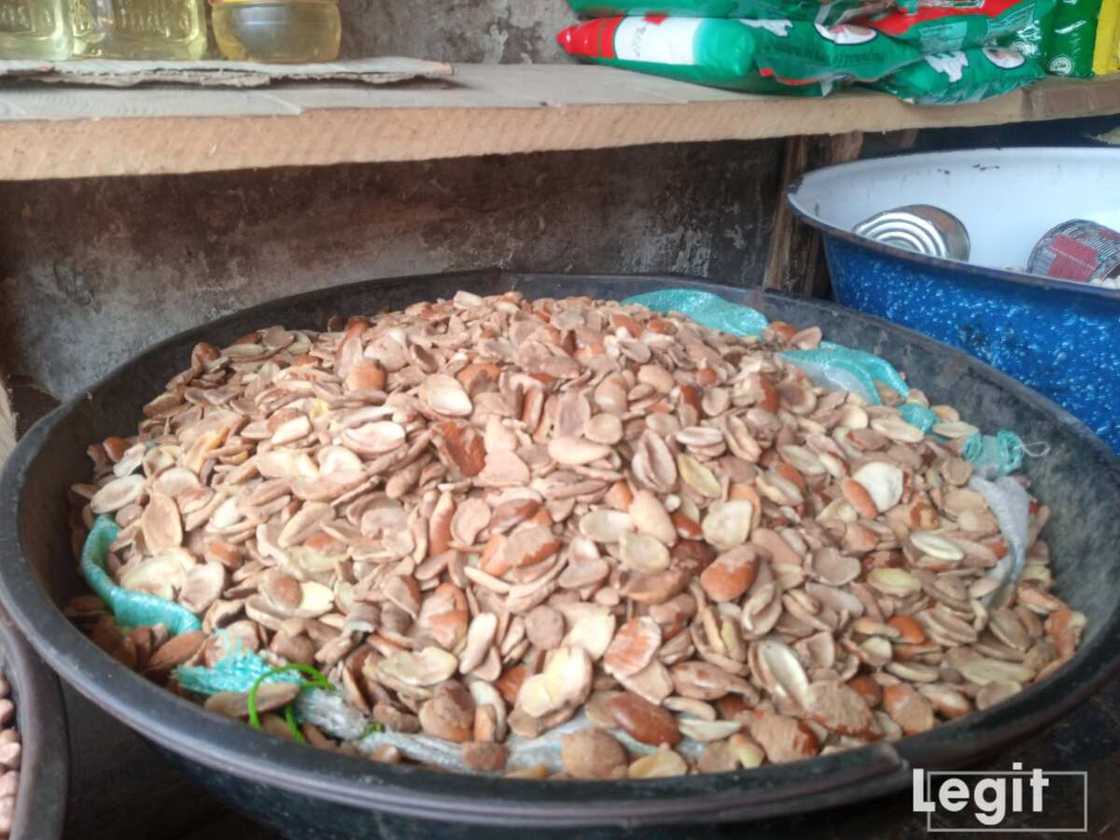
Source: Original
The persistent increase in the cost price of goods in the country now, is one factor that has affected the purchasing power of buyers this Easter, as the usual hustle and bustle is not observed because the market is dry and scanty.
Further findings by Legit.ng, showed the reduction in sales level and hike in the price of some goods following happenings around the country, the traders in the market are hopeful of better sales, ahead of the Easter celebrations and after.
Can N5000 feed a Nigerian family for a month? via Legit TV
Source: Legit.ng



